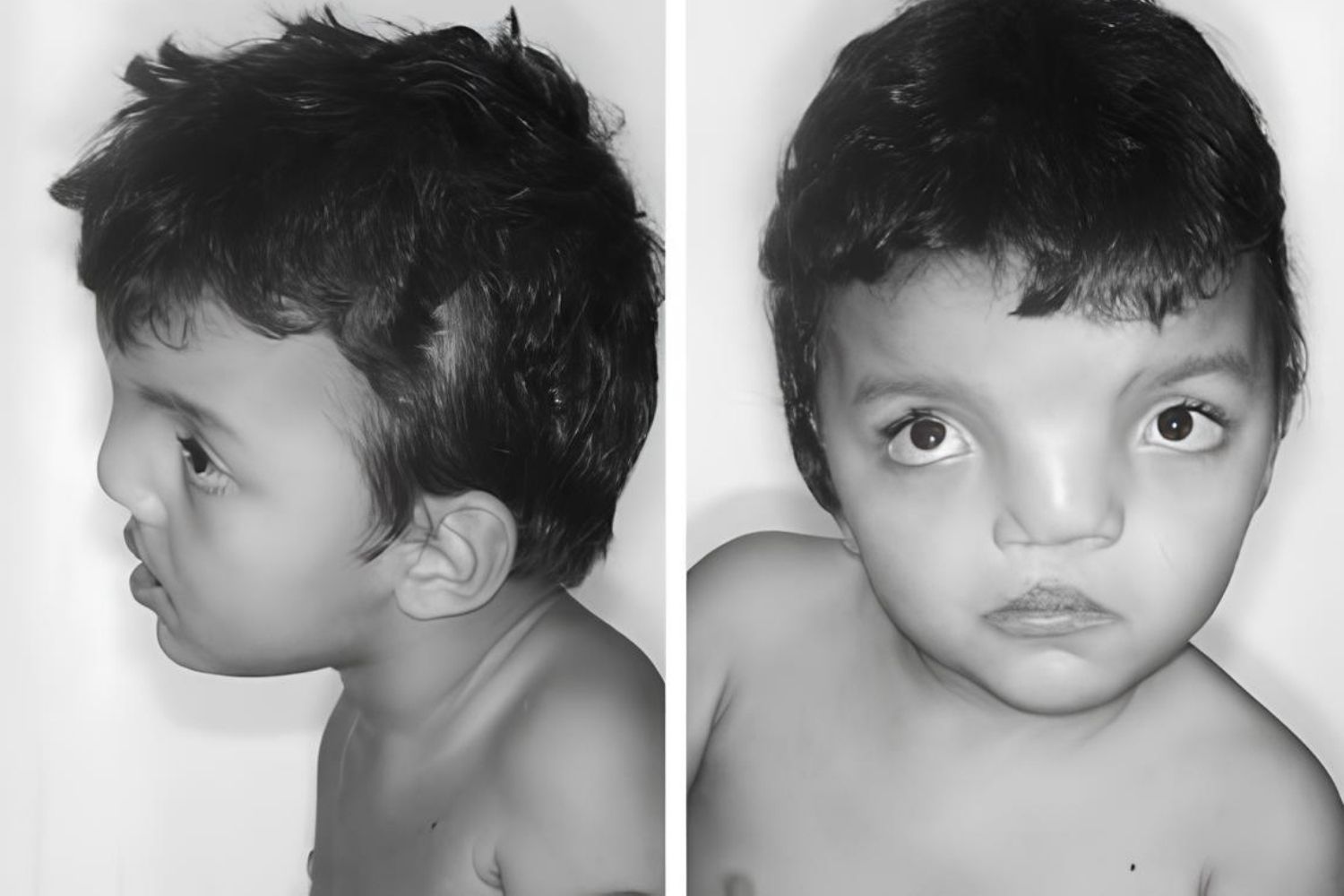
Frontonasal Dysplasia Acromelic is a rare genetic disorder that affects the development of the face and limbs. This condition can lead to distinctive facial features, such as a broad nose, wide-set eyes, and a cleft lip or palate. Acromelic refers to the involvement of the limbs, which may include abnormalities like short fingers and toes or extra digits. Understanding this condition is crucial for early diagnosis and management, which can significantly improve the quality of life for those affected. In this post, we will explore 30 intriguing facts about Frontonasal Dysplasia Acromelic to shed light on its causes, symptoms, and treatment options.
Key Takeaways:
- Frontonasal Dysplasia Acromelic is a rare genetic disorder affecting the face and limbs, leading to unique facial and limb features, developmental challenges, and the need for specialized medical care and support.
- Individuals with Frontonasal Dysplasia Acromelic can lead fulfilling lives with the right support, showcasing personal triumphs, artistic talents, and educational success despite the challenges they face.
What is Frontonasal Dysplasia Acromelic?
Frontonasal Dysplasia Acromelic is a rare genetic disorder that affects the development of the face and limbs. It can lead to various physical anomalies and developmental challenges. Here are some intriguing facts about this condition:
-
Rare Occurrence: Frontonasal Dysplasia Acromelic is extremely rare, with only a few documented cases worldwide.
-
Genetic Mutation: The condition results from mutations in specific genes responsible for facial and limb development.
-
Facial Anomalies: Individuals often have distinct facial features, including a broad nasal bridge and widely spaced eyes.
-
Limb Abnormalities: Limb malformations, such as shortened or missing fingers and toes, are common.
-
Developmental Delays: Some children with this condition may experience developmental delays, particularly in motor skills.
-
Surgical Interventions: Corrective surgeries can help improve facial and limb functions, though multiple procedures may be necessary.
Symptoms and Diagnosis
Understanding the symptoms and how the condition is diagnosed can provide better insight into Frontonasal Dysplasia Acromelic.
-
Early Signs: Symptoms can be noticeable at birth or develop within the first few months of life.
-
Prenatal Diagnosis: In some cases, prenatal ultrasounds can detect facial and limb anomalies, leading to early diagnosis.
-
Genetic Testing: Confirming the diagnosis often involves genetic testing to identify specific mutations.
-
Physical Examination: A thorough physical examination by a specialist can help identify characteristic features of the disorder.
-
Imaging Studies: X-rays and MRIs may be used to assess the extent of limb and facial abnormalities.
Treatment and Management
Managing Frontonasal Dysplasia Acromelic involves a multidisciplinary approach to address various aspects of the condition.
-
Multidisciplinary Team: Treatment often requires a team of specialists, including geneticists, surgeons, and therapists.
-
Physical Therapy: Regular physical therapy can help improve motor skills and mobility.
-
Occupational Therapy: Occupational therapy assists individuals in developing daily living skills.
-
Speech Therapy: Some children may benefit from speech therapy to address communication challenges.
-
Orthopedic Interventions: Orthopedic treatments, such as braces or prosthetics, can aid in limb function.
Living with Frontonasal Dysplasia Acromelic
Living with this condition presents unique challenges and requires ongoing support.
-
Support Groups: Connecting with support groups can provide emotional and practical support for families.
-
Educational Support: Special education services may be necessary to address learning and developmental needs.
-
Regular Monitoring: Ongoing medical monitoring is essential to manage health issues and track development.
-
Adaptive Equipment: Using adaptive equipment can enhance independence and quality of life.
-
Family Education: Educating family members about the condition helps in providing better care and support.
Research and Future Directions
Research continues to explore new treatments and a better understanding of Frontonasal Dysplasia Acromelic.
-
Genetic Research: Ongoing genetic research aims to identify more specific mutations and their effects.
-
Stem Cell Therapy: Investigating the potential of stem cell therapy for tissue regeneration and repair.
-
Gene Therapy: Exploring gene therapy as a possible treatment to correct genetic mutations.
-
Clinical Trials: Participation in clinical trials can provide access to new treatments and therapies.
-
Awareness Campaigns: Raising awareness about the condition can lead to better support and funding for research.
Inspirational Stories
Despite the challenges, many individuals with Frontonasal Dysplasia Acromelic lead fulfilling lives.
-
Personal Triumphs: Stories of personal triumphs and achievements can inspire others facing similar challenges.
-
Community Involvement: Many individuals actively participate in community events and advocacy efforts.
-
Artistic Talents: Some have discovered and nurtured artistic talents, showcasing their creativity.
-
Educational Success: Achieving educational milestones and pursuing higher education is possible with the right support.
Final Thoughts on Frontonasal Dysplasia Acromelic
Frontonasal Dysplasia Acromelic, though rare, offers a fascinating glimpse into the complexities of genetic conditions. Understanding its symptoms, causes, and treatments can help those affected and their families navigate this challenging journey. Early diagnosis and intervention are crucial for managing the condition effectively. Genetic counseling can provide valuable insights for families, helping them make informed decisions about future pregnancies.
While research continues to uncover more about this condition, support networks and medical advancements offer hope. Staying informed and connected with healthcare professionals can make a significant difference in the quality of life for those with Frontonasal Dysplasia Acromelic. Remember, knowledge is power. Sharing information and raising awareness can lead to better support and resources for everyone affected.
Frequently Asked Questions
Was this page helpful?
Our commitment to delivering trustworthy and engaging content is at the heart of what we do. Each fact on our site is contributed by real users like you, bringing a wealth of diverse insights and information. To ensure the highest standards of accuracy and reliability, our dedicated editors meticulously review each submission. This process guarantees that the facts we share are not only fascinating but also credible. Trust in our commitment to quality and authenticity as you explore and learn with us.
